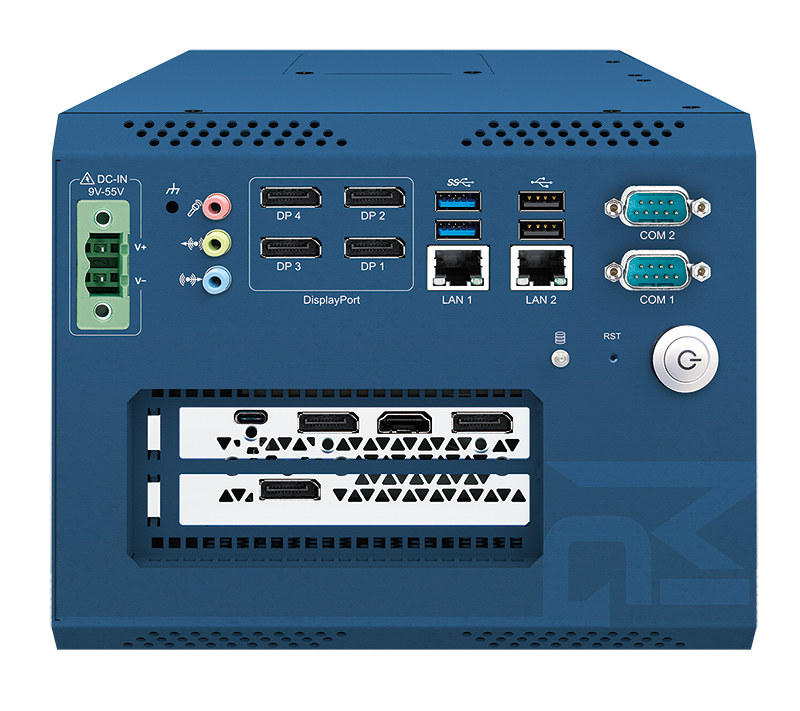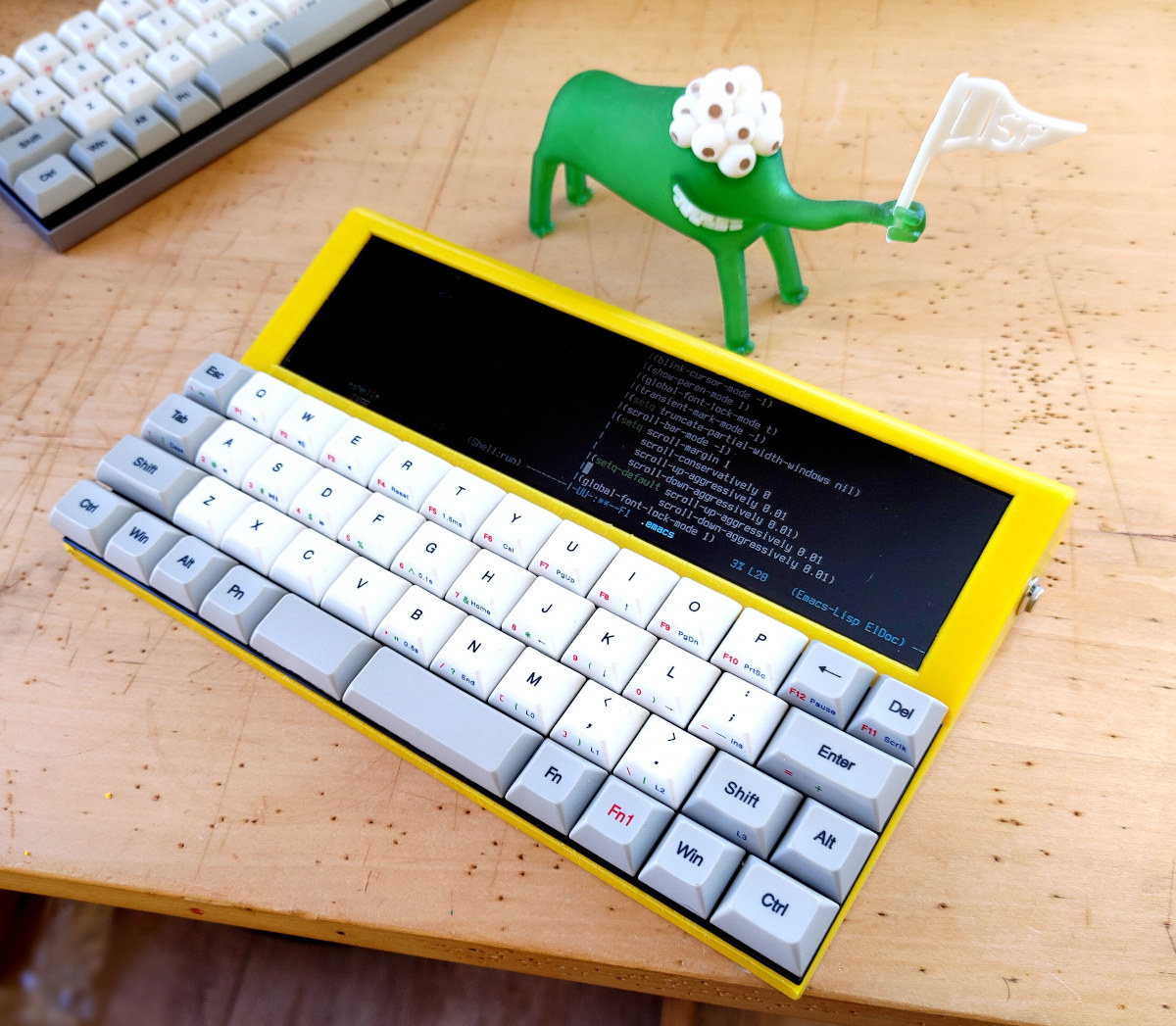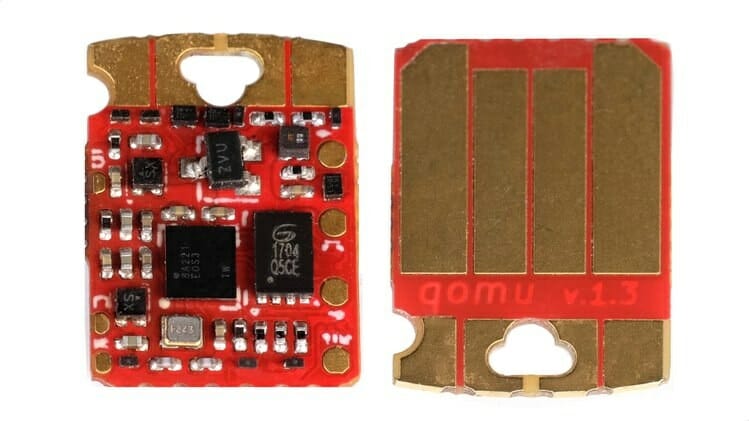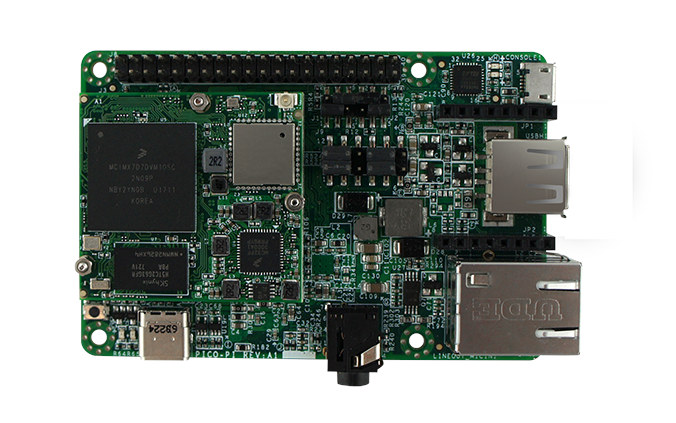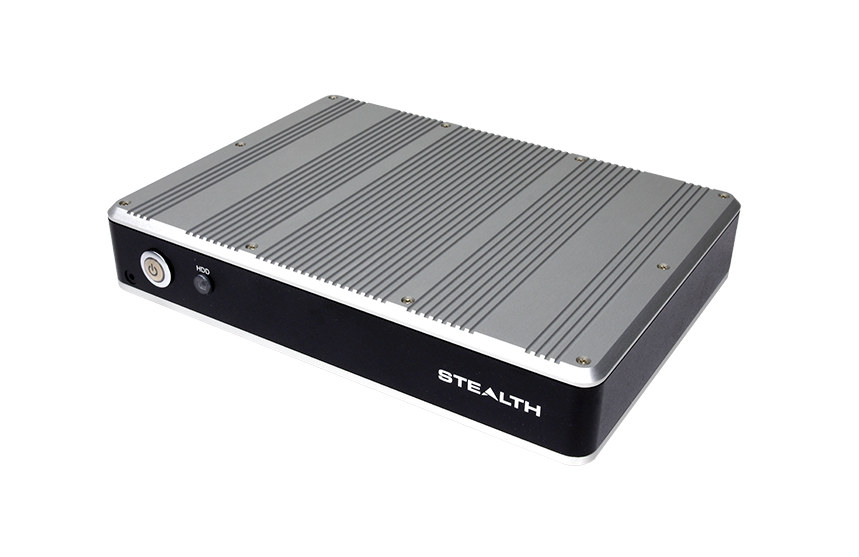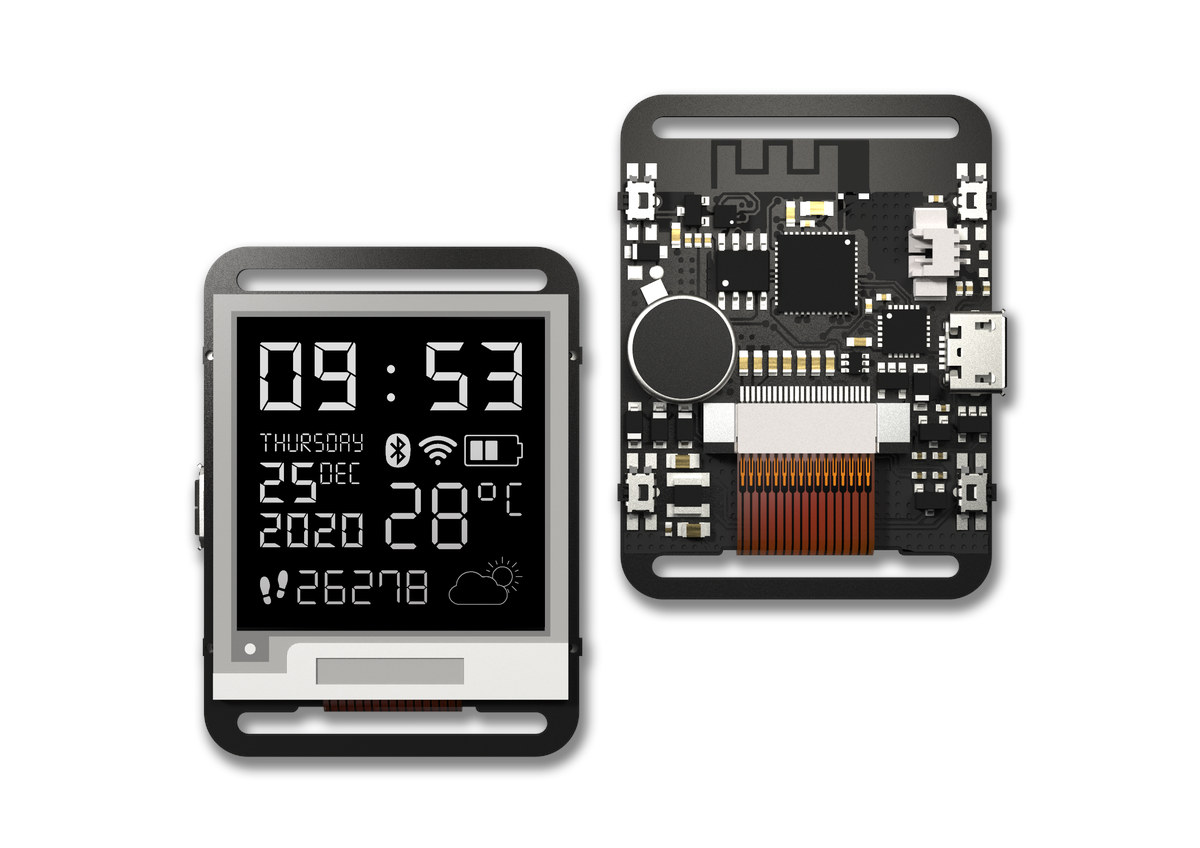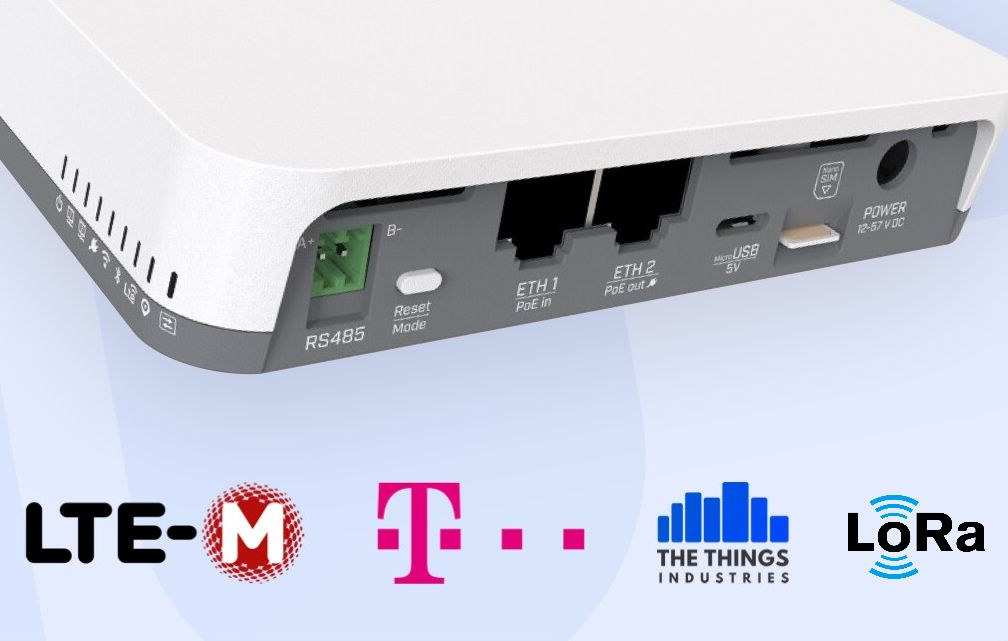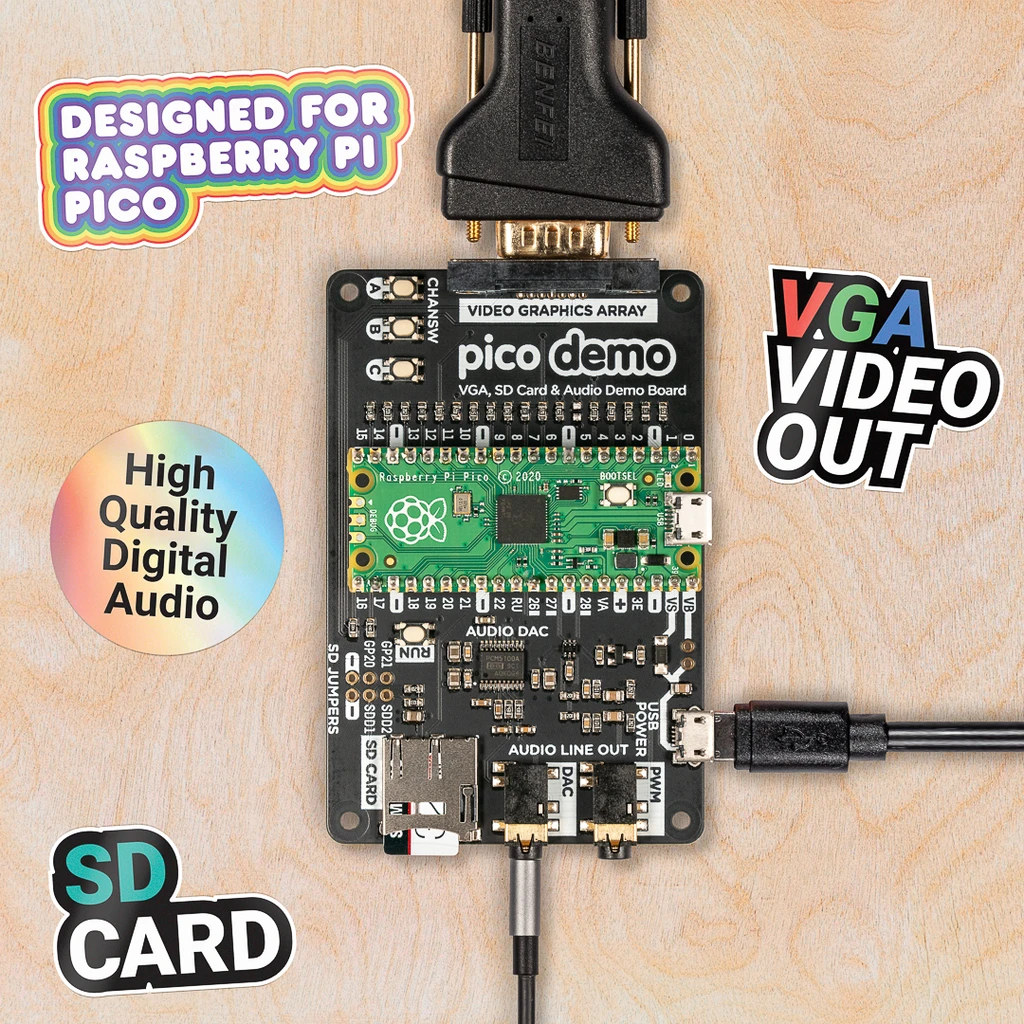Many AI edge computers come with dedicated AI accelerators from Intel, Google, Gyrfalcon, and others. But as we’ve seen with Cincoze GM-1000 embedded mini PC, some include support for more traditional GPUs, in this case, an NVIDIA Quadro Embedded P2000 MXM module. Ryzen Embedded V1807B powered Vecow MIG-1000 AI edge PC is another such solution with up to 64GB DDR4, four DisplayPort outputs, and a PCIe x16 slot for dual-slot graphics cards from Nvidia or AMD for AI processing performance and/or extra video outputs. Vecow MIG-1000 specifications: SoC – AMD Ryzen Embedded V1807B quad-core processor with Radeon Vega 11 graphics; 35-54W TDP System Memory – 2x DDR4 3200MHz SO-DIMM, up to 64GB Storage – 1x SATA-III port, 1x M.2 Key M socket (2280, PCIe x4) for NVMe SSDs Video Output – 4x DisplayPort up to 4096 x 2160 @ 60Hz Audio Realtek ALC662, 5.1 Channel HD Audio codec 1x Mic-in, […]
Lisperati1000 Lisp portable programming workstation features Raspberry Pi Zero W, ultra-wide display
Conrad Barski (Lisperati) wanted a portable “workstation” to write in Lisp and see all those parentheses. Since there aren’t many devices with an ultra-wide display, he decided to build his own “Lisperati1000” ultra-compact Lisp programming workstation powered by a Raspberry Pi Zero W, and equipped with an ultra-wide 1920×480 8.8-inch display, a compact keyboard made of Cherry Brown switches, and a 4,400mAh dual battery all housed in a 3D printed enclosure. When Conrad first showcased his little handheld computer on Twitter, he first claimed only 3 will ever be built, but think quickly got out of control with the project being featured on Hacker News, and he changed his mind after seeing the popularity of the DIY computer. UPDATE: Due to high demand, I have decided to fund a project to release this as a kit. If you are an electrical engineer and/or know about machining Aluminum, please get in […]
Qomu Cortex-M4F & FPGA USB board is programmable with Symbiflow open-source toolchain (Crowdfunding)
We’ve seen several tiny “omu” USB boards that are the size of a USB connector in the past, starting with Tomu based on Silabs EFM32 Arm-Cortex-M0+ MCU, then Fomu enabling Python programming and RISC-V softcore on a Lattice ICE40 FPGA, and finally Somu FIDO2 security key. There’s now the new Qomu board based on Quicklogic EOS S3 Cortex-M4F MCU with embedded FPGA. Just like its predecessor, the board almost completely fits in a USB connector except for the touch pads, and also happens to be programmable with Symbiflow that dubs itself as the “GCC of FPGAs”, as well as other open-source tools. Qomu specifications: SoC – QuickLogic EOS S3 Arm Cortex-M4F MCU @ up to 80 MHz with 512 KB memory, embedded FPGA with 2,400 effective logic cells and 64 Kbits of embedded RAM Storage – 16 Mbit flash Misc – Four capacitive touch pads, 1x RGB LED Power – […]
PICO-PI-IMX7 NXP i.MX7 SBC offered for under $20 (Promo)
TechNexion PICO-Pi-IMX7 single board computer was introduced a few years ago with an NXP i.MX 7Solo or 7Dual Cortex-A7 Intel Edison compatible CPU module, in a form factor similar to Raspberry Pi 3, and supported by Android Things that was still a thing at the time… It looks like Arrow Electronics is trying to get rid of some stock, as the company is selling the Amazon version of the PICO-PI-IMX7 board for $19.58 including free shipping for ArrowPerks members, instead of the usual $120+ price tag. We had written about the PICO-iMX6 module and PICO-PI-iMX8 SBC previously, but never about the i.MX7 version, nor the PICO-PI-IMX7 board, so let’s have a closer look at what the board has to offer. PICO-Pi-IMX7 specifications: PICO-iMX7 system-on-module SoC – NXP i.MX 7Dual dual-core Cortex-A7 processor @ 1 GHz with Cortex-M4 real-time core System Memory – 512MB DDR3L Storage – 4GB eMMC flash Connectivity […]
IP67 mini PC targets harsh environments and marine applications
We’ve covered plenty of Whiskey Lake-based mini PC‘s and SBC‘s, but most of them are made for the home or the office, except for some designed with a wider temperature range for industrial and factory environments. But Stealth is going further with WPC-905 IP67 waterproof mini PC that’s completely sealed and fanless making it suitable for harsher environments, including marine applications. The rugged computer comes with a choice of Intel Celeron and Core processors and supports variable DC input from 9V to 48V DC via an M12 connector. Stealth WPC-905 IP67 mini PC specifications: SoC (one or the other) – all from the Whisky Lake Embedded family Intel Celeron 4305UE dual-core processor @ 2GHz with Intel UHD Graphics 610; 15W TDP Intel Core i3-8145UE dual-core/quad-thread processor @ 2.2GHz / 3.9GHz (Turbo) with Intel UHD Graphics 620; 15W TDP Intel Core i5-8365UE quad-core/octa-thread processor @ 1.6GHz / 4.1GHz (Turbo) with Intel […]
Watchy Pebble-like Smartwatch with E-paper display, ESP32 processor launched on Crowd Supply
Pebble smartwatch was introduced in 2012 on Kickstarter. The Bluetooth smartwatch came with an E-Paper display, would connect to your Android smartphone or iPhone to receive notifications or other info, and the company also released an SDK for further customization. It was quite popular at the time having sold over one million units, the Pebble Time followed in 2015 with a color display, as well as other models. But despite selling millions of watches, the company folded in 2016, and the Pebble was discontinued after the intellectual property was purchased by Fitbit. Watchy is a new smartwatch that reminds me of the original pebble. It is based on ESP32 WiFi & Bluetooth SoC, equipped with a 1.54-inch E-Paper display with 200×200 resolution, and the usual accelerometer for activity tracking and gesture detection. Watchy key features and specifications: SIP – Espressif Systems ESP32-PICO-D4 system-in-package with ESP32 dual-core processor with Bluetooth LE […]
Deutsche Telekom IoT Gateway combines LoRaWAN and LTE-M
I’d normally view LoRaWAN and LTE IoT standards such as NB-IoT or LTE Cat-M (aka LTE-M or eMTC) as competitors, but The Things Industries and Deutsche Telekom partnered to launch an IoT gateway with both LTE-M and LoRaWAN capabilities together with associated services. We do not have much information about the hardware, but it is a LoRaWAN gateway designed by MikroTik that connects to an LTE-M backhaul and to The Things Industries’ device and data platform. If the picture above does indeed represent the actual gateway it should also be equipped with two PoE capable Ethernet ports, and an RS485 terminal block, plus a USB port and a SIM card slot. The solution would mostly be used for smart buildings at first taking advantage of the superior signal penetration of LTE-M. Sensors would send data to the LoRaWAN gateway which then, would forward it to the cloud over LTE-M. This […]
Open hardware Raspberry Pi Pico VGA, SD Card, and Audio demo board to support QVGA video playback
Abhishek recently posted an overview of Raspberry Pi RP2040’s two PIO blocks with examples in C and Micropython using some PIO assembler code. He used some basic examples like blinking an LED, but the Raspberry Pi Foundation also mentioned the programmable IO could be used to drive a VGA display, read and write data from a MicroSD card at reasonable speeds, and so on. However, the Raspberry Pi Pico does not have any of those interfaces, and it would be nice to have a board that does. It turns out there’s such a board in “Chapter 3. The VGA, SD Card & Audio Demo board for Raspberry Pi Pico” of “Hardware Design with RP2040.pdf” document. It will be sold as the “Pimoroni Pico VGA Demo Base” board for 19.50 GBP inc. VAT (about $22 US ex. VAT), but since the KiCad hardware files are open-source, I’d assume other companies may […]


